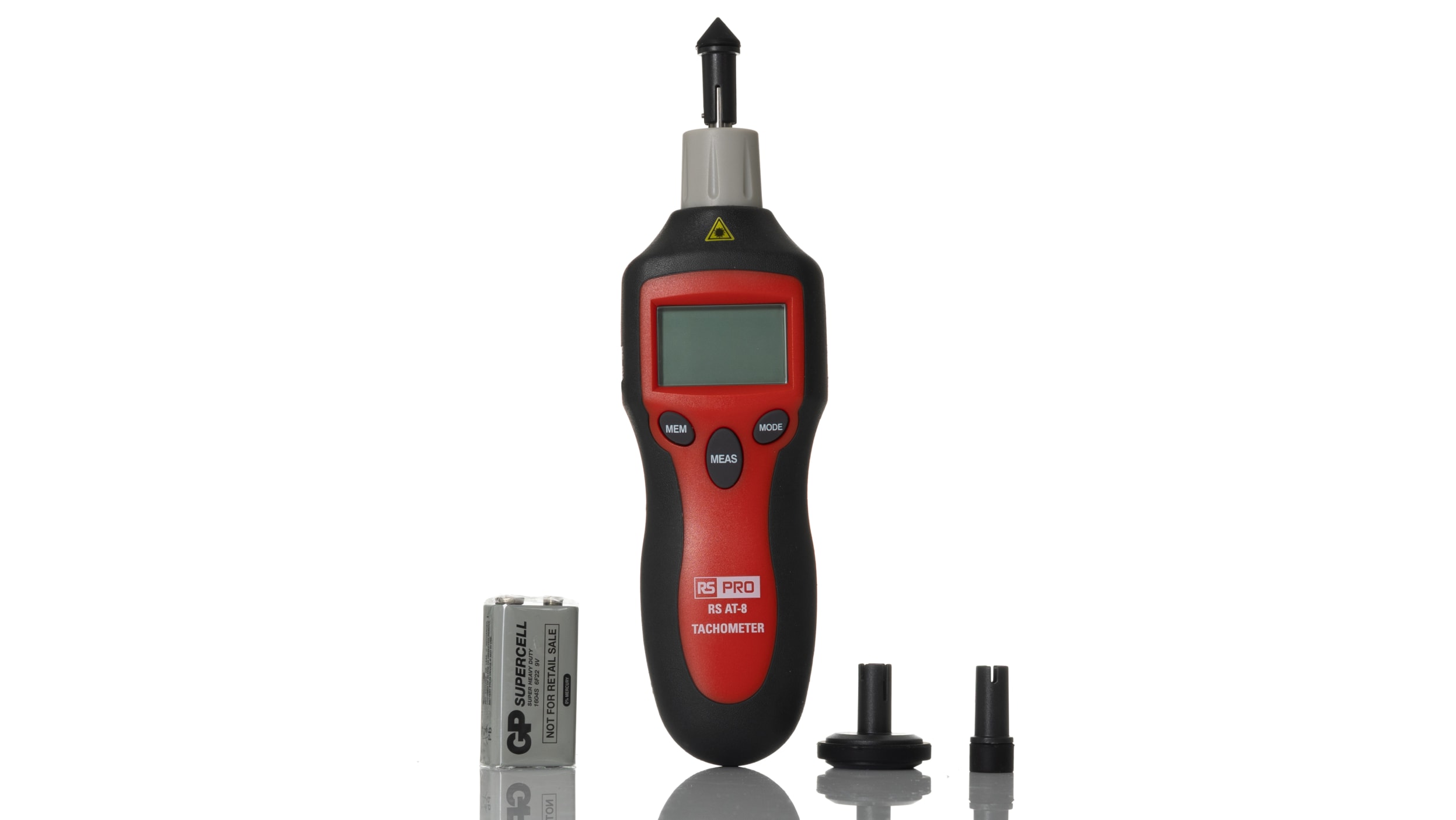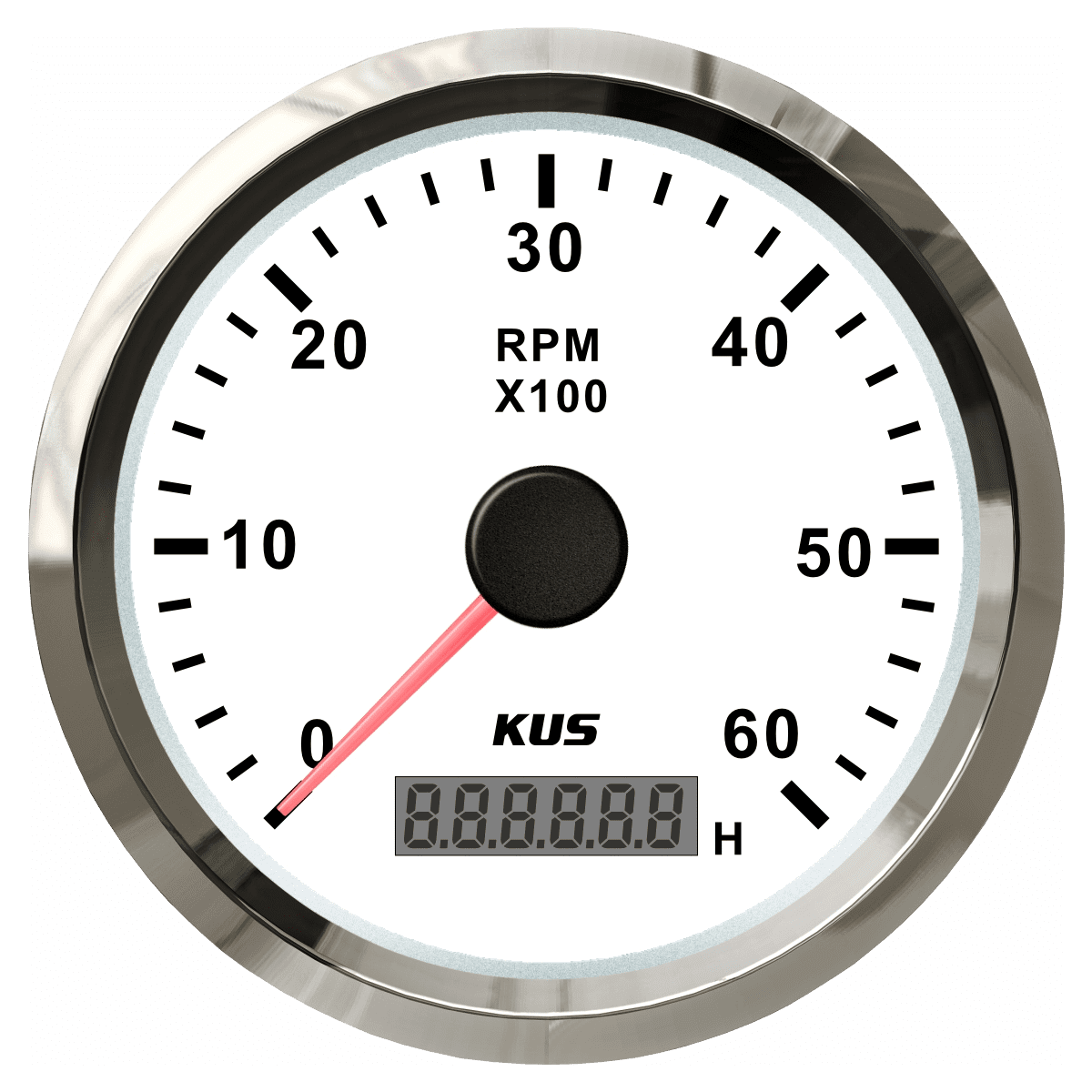The Value of a Tachometer in Keeping Track Of Engine Speed and Performance in Automotive Applications
In the realm of automobile engineering, the tachometer stands as an essential tool in the vehicle driver's arsenal, providing a direct window into the inner workings of a car's engine. Beyond its function as a mere gauge of revolutions per minute (RPM), the tachometer serves as an important device for lovers and experts alike, using real-time understandings right into engine performance and health and wellness.
Value of Keeping An Eye On Engine RPM
Keeping an eye on engine RPM, or transformations per minute, is a vital element of automobile maintenance and performance evaluation. Engine RPM straight correlates with the speed at which the engine's crankshaft revolves, showing just how swiftly the engine is running - tachometer. By keeping an eye on RPM, auto mechanics can evaluate the health of the engine, detect possible problems, and fine-tune performance. An unusual RPM reading might indicate problems such as engine misfires, faulty trigger plugs, or problems with the fuel distribution system. Continually high RPM readings could show aggressive driving habits or the demand for a higher equipment change to improve gas effectiveness.
Moreover, monitoring engine RPM is vital for efficiency evaluation in racing and high-performance automobiles. In recap, monitoring engine RPM is not only crucial for identifying issues but likewise for maximizing engine efficiency in numerous automotive applications.

Advantages of Real-Time Information
In automotive applications, real-time data plays an important function in supplying instantaneous understandings right into the efficiency and problem of the vehicle. By continuously checking numerous parameters such as engine rate, temperature level, gas intake, and extra, real-time information uses many advantages that add to improved effectiveness and security when traveling.
In addition, real-time data promotes performance optimization by supplying immediate feedback on driving practices and engine efficiency. Vehicle drivers can change their actions in real-time based on this information to attain much better gas economic climate and prolong the lifespan of their car.

Additionally, real-time data plays a vital role in modern automotive diagnostics, enabling specialists to rapidly detect and attend to malfunctions. This results in decreased downtime, lower maintenance prices, and ultimately, enhanced overall automobile integrity and long life (tachometer). By harnessing the power of real-time data, vehicle stakeholders can make educated choices that favorably affect both the efficiency and durability of the lorry
Influence On Equipment Shifts
Effective gear shifts in auto applications dramatically influence total performance and driving experience. The tachometer plays an essential function in enhancing equipment shifts by offering real-time engine speed data to the vehicle driver. When coming close to the redline on the tachometer, it indicates the motorist to upshift to stop over-revving the engine and causing prospective damages. On the various other hand, downshifting at the best moment can help keep the engine in its power band, making sure receptive acceleration when needed.
In addition, the tachometer aids in attaining smoother equipment shifts, particularly in hand-operated transmissions. By keeping an eye on engine rate, chauffeurs can implement equipment shifts at the ideal RPM array, decreasing jerking movements and minimizing endure the transmission elements. This accuracy on duty adjustments not only boosts driving comfort yet also adds to fuel effectiveness.
Enhancing Gas Efficiency
Provided the crucial function the index tachometer plays in optimizing gear changes for performance and engine health, it directly adds to making the most of gas performance in automotive applications. By providing real-time responses on engine rate, the tachometer helps motorists in preserving one of the most effective RPM variety for gas economic climate. When motorists continually check the tachometer and adjust their motoring routines appropriately, they can useful link prevent unneeded gas intake triggered by over-revving or carrying the engine.
Additionally, the tachometer aids vehicle drivers identify the most fuel-efficient gear to be in at any given moment, preventing the engine from working more difficult than required. In final thought, the tachometer serves as an important tool in enhancing fuel efficiency by advertising optimum driving behaviors and recognizing locations for renovation in the automobile's efficiency.

Making Best Use Of Engine Long Life
The tachometer's duty in checking engine rate and performance is important in guaranteeing the longevity of auto engines. By making use of the tachometer successfully, chauffeurs can optimize engine long life with mindful RPM management. Continually revving an engine expensive can cause extreme wear and tear on critical parts, such as the pistons, shutoffs, and bearings. In time, this can result in lowered engine efficiency and potential malfunctions. Keeping an eye on the tachometer allows vehicle drivers to stay within the recommended RPM variety for their car, protecting against unneeded continue reading this pressure on the engine and prolonging its lifespan.

Final Thought
In conclusion, the tachometer plays a crucial duty in keeping track of engine rate and performance in automotive applications. By supplying real-time data on RPM, it permits efficient equipment changes, improved gas efficiency, and made the most of engine long life. This tool is necessary for maintaining ideal engine efficiency and guaranteeing the total functionality of an automobile.
Comments on “Tachometer Acquiring Overview: Functions to Search For and Finest Brands”